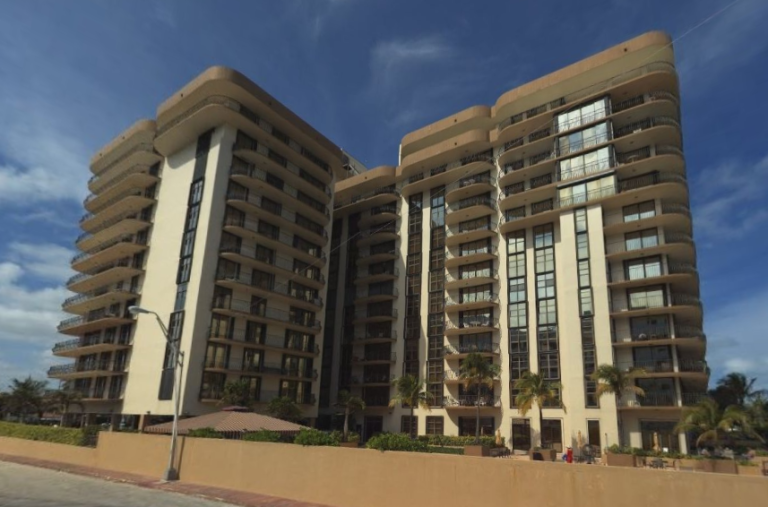Published on March 11, 2022

As sea levels rose from climate change, a new study found, flooding in the underground garage at the beachside Champlain Towers South became more common. Much more common. Whether rising seas played a role in the collapse of the doomed Surfside condominium is unclear — and perhaps, unlikely — but the new research from Florida International University provides the data for what regular passersby have witnessed in the now-empty parking garage floor: Water rises and falls not just with rain but with the tides. It’s made the site of the tragedy a curious little observation tank, a window to watch how groundwater levels shift up and down at the site, and likely along the entire barrier island.
In the FIU study, Randall Parkinson, a professor of hydrogeology, compared the elevation of the garage floor with sea levels from monitoring stations in Miami Beach. He found water levels were higher than the garage floor about 244 times a year between 1994 and 2006. From 2007 to 2020, that number nearly tripled to 636 times a year.
That means that in the most recent decade, sea level was above the Champlain garage floor nearly every day at both high tide events. Add in groundwater, freshwater that floats on top of saltwater that has pushed in along the coast, and the potential for flooding virtually doubles.
It’s unclear how the one-two punch of repeated flooding and minor sinking may have affected the structural stability of Champlain Towers, or if they played any role in the collapse. The initial theory that underground water movement created a sinkhole that destabilized the building has effectively been ruled out, but experts say it’s worth paying attention whenever the conditions a building was built in change.
“We make assumptions about how the soil is supporting the design, but if the water is changing the soil and the structure of it … then that’s always a concern,” said Dawn Lehman, a professor of structural engineering at the University of Washington and consultant to the Miami Herald.
And when floodwaters are repeatedly soaking the base of a building, it can lead to a weakening process in the concrete and steel called corrosion. Corrosion is a widespread issue in coastal buildings, and they regularly need to be inspected and repaired from the damage done by salt air and waves.
But as sea levels creep up and flooding becomes more common, Lehman said she worries it could be doing more harm to buildings than researchers or builders even know. “What assumptions were made in the design and what’s the condition of the building now?” she said. “We need to be able to consider all these possible scenarios and likely with older structures they weren’t considered.”
Continue reading at the Miami Herald.
Originally written by Alex Harris for the Miami Herald.